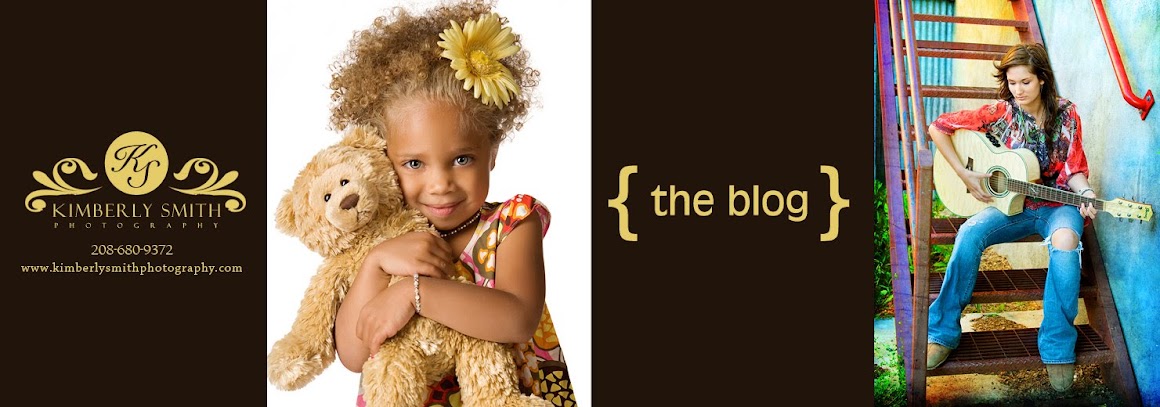Tips & Tricks Thursday
So how did you do on your challenge from last week? Did you play around with the different auto modes and experiment with what they could do? I hope it helped you to understand each icon on your dial a little better.
Today we will be addressing the other side of the dial- the semi-automatic mode. Now- some of your point and shoot cameras will allow you to do semi-automatic mode, but some will not. You will need to double check to see what your particular camera can do. If it isn't on a dial, it may be in your settings.
So are you ready for today's lesson? Well, here we go!
Lesson 1: Learning your camera
Part B: Semi-Automatic
Today I am going to explain three semi-auto functions.
1. Program Mode (P)
2. Shutter Priority Mode (S)
3. Aperture Priority Mode (A)
I will also post samples of effective use of these modes and ineffective use. The images I am sharing were taken last fall on a cruise I took with my Mom at one of our ports- St. Maartan. My Mom and I had the privilege of having a street vendor make us a basket from palm tree leaves.
1. Program Mode:
Some digital cameras have a priority mode in addition to the auto mode. In cameras that have both, Program mode is similar to Auto, but gives you a little more control over some additional features including flash, white balance, ISO, etc. Check your digital camera’s manual for how the Program mode differs from Automatic in your particular model. In fully Auto mode you can not adjust for white balance and ISO (don't worry if you don't know what ISO means. We will address this in future posts. But it basically means the sensitivity of the image sensor in your camera.) but in Program mode you can. Program mode is just a basic small step up from Auto and can be helpful if your lighting is low because you can raise the ISO higher in low light situations. It is also helpful in this mode to be able to tell your camera what the white balance is instead of your camera attempting to figure it out on its own.
2. Shutter Priority Mode:
In Shutter Priority mode you will set the shutter speed and the camera will choose the other settings for aperture, ISO, white balance, etc. Being able to set your own shutter speed is useful especially when taking action photos. The more you want to "freeze" the image the higher the shutter speed needs to be. It is also fun to set the shutter speed lower to capture flowing water or a large scenic view. When I am doing a family session I keep my shutter usually around 125. This enables me to hand hold my camera and still not get blurry images if someone moves just a little. If I have a lot of wiggly kids I will even bump it higher. One of the disadvantages of this mode is that the camera will try to set your ISO and aperture for you and if the lighting situation isn't good you will struggle with getting properly exposed images.
Here is an example of not enough shutter speed. The image is blurry because the shutter didn't close fast enough to "freeze" the motion. He was spinning these palm leaves so fast that I should have upped the shutter speed. But in this case I wanted the motion blur to show how fast he was spinning it. So depending on what you are going for in your image, you may want to "freeze" the motion or allow the motion to "blur". And both can be achieved by playing with your shutter speeds.
This image was taken at the same shutter speed but his hands weren't moving as fast in this image and so there wasn't as much blurring.
3. Aperture Priority Mode:
This mode is really a semi-automatic (or semi-manual) mode where you choose the aperture (often referred to as a "f stop") and then your camera chooses the other settings (shutter speed, white balance, ISO etc). Aperture priority mode is useful when you’re looking to control the depth of field in a shot. Choosing a larger number aperture means the aperture (or the opening in your camera when shooting) is smaller and lets less light in. This means you’ll have a larger depth of field (more of the scene will be in focus) but that your camera will choose a slower shutter speed. Small numbers means the opposite. This takes a little to get used to but once you do, it makes taking images fun. Especially if you are in a situation where there is a lot of "extra" stuff going on in the background. If you use a small number, the focus will be on the subject and all the background chaos will be blurred.
I chose to show this image for two reasons:
One- the shutter speed was fast enough to "freeze" the motion of his hands and
two- check out the great depth of field. This was achieved because the aperture was low enough to focus on the subject only which then blurred out the background.
Here is the finished basket! Here again the f stop was f4 and because of the small aperture the depth of field is awesome!
One last image-
This is a great example of when you want a higher f-stop and a higher shutter speed. If the f-stop would have been small the whole image would not have been in focus.
This is a great example of when you want a higher f-stop and a higher shutter speed. If the f-stop would have been small the whole image would not have been in focus.
So always remember- MORE image in focus- higher the f stop and smaller area in focus the smaller the f-stop.
I hope you learned a lot from todays Tips &Tricks. Next week we will get more into manual settings and how they all work together.
See you next week!!!
Challenge for the week:
Get out your camera and play with the "S" and "A" modes. Try different scenarios. Do some with movement and do some where you work on your depth of field.
Make sure to post any images to my Facebook page! I'd love to see what you come up with!
CLICK HERE TO GO TO OUR FACEBOOK PAGE
I hope you learned a lot from todays Tips &Tricks. Next week we will get more into manual settings and how they all work together.
See you next week!!!
Challenge for the week:
Get out your camera and play with the "S" and "A" modes. Try different scenarios. Do some with movement and do some where you work on your depth of field.
Make sure to post any images to my Facebook page! I'd love to see what you come up with!
CLICK HERE TO GO TO OUR FACEBOOK PAGE









No comments:
Post a Comment